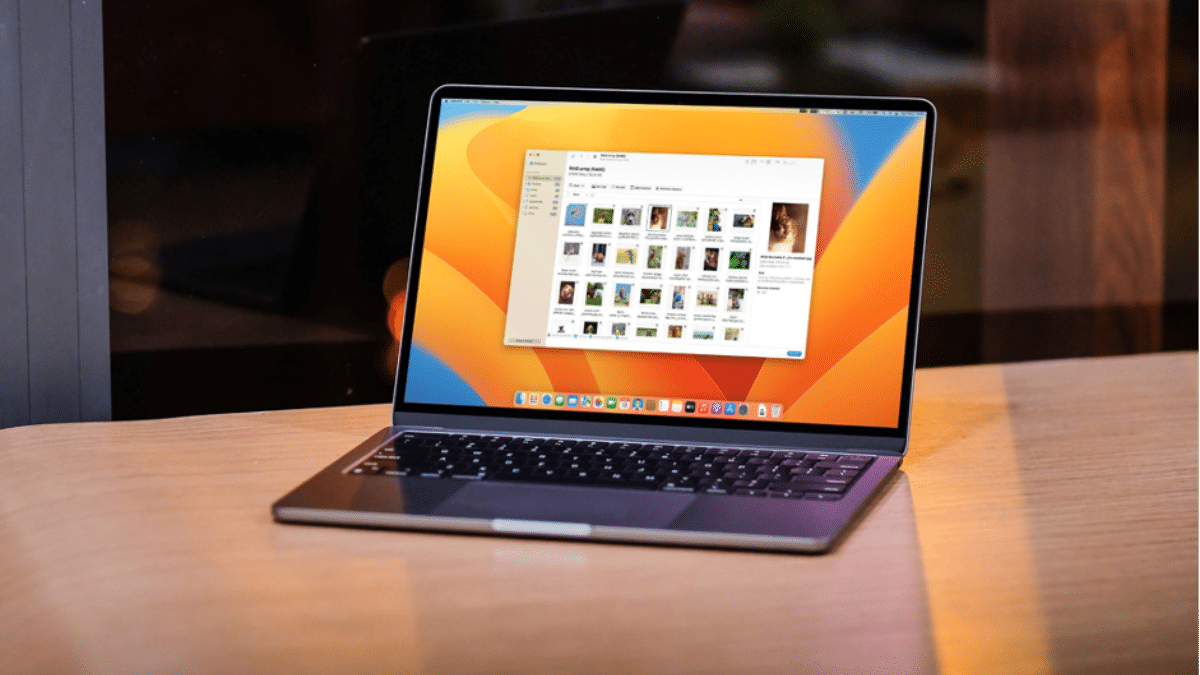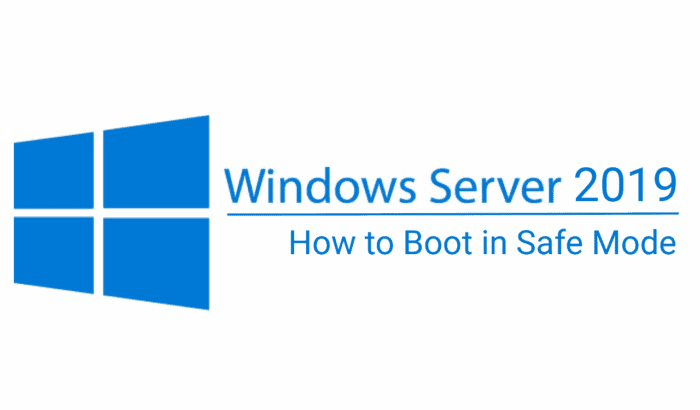Software-RAID1 auf laufendem LVM einrichten
Kurzfassung: Installieren Sie GRUB auf der zweiten Festplatte, prüfen Sie das RAID- und LVM-Setup, ändern Sie bei Bedarf den Partitions-Typ von /dev/sda1 auf “Linux raid autodetect” und fügen Sie die Partition wieder dem md0-Array hinzu. Neustart und Kontrolle von /proc/mdstat und LVM-Tools bestätigen den Erfolg.
Vorbereitung von GRUB
Anschließend müssen wir den GRUB-Bootloader auf der zweiten Festplatte /dev/sdb installieren:
grubGeben Sie in der GRUB-Shell die folgenden Befehle ein:
root (hd0,0)grub> root (hd0,0)
Filesystem type is ext2fs, partition type 0x83
grub>setup (hd0)grub> setup (hd0)
Checking if "/boot/grub/stage1" exists... no
Checking if "/grub/stage1" exists... yes
Checking if "/grub/stage2" exists... yes
Checking if "/grub/e2fs_stage1_5" exists... yes
Running "embed /grub/e2fs_stage1_5 (hd0)"... 16 sectors are embedded.
succeeded
Running "install /grub/stage1 (hd0) (hd0)1+16 p (hd0,0)/grub/stage2 /grub/grub.conf"... succeeded
Done.
grub>root (hd1,0)grub> root (hd1,0)
Filesystem type is ext2fs, partition type 0xfd
grub>setup (hd1)grub> setup (hd1)
Checking if "/boot/grub/stage1" exists... no
Checking if "/grub/stage1" exists... yes
Checking if "/grub/stage2" exists... yes
Checking if "/grub/e2fs_stage1_5" exists... yes
Running "embed /grub/e2fs_stage1_5 (hd1)"... 16 sectors are embedded.
succeeded
Running "install /grub/stage1 (hd1) (hd1)1+16 p (hd1,0)/grub/stage2 /grub/grub.conf"... succeeded
Done.
grub>quitZurück in der normalen Shell starten Sie das System neu und prüfen, ob vom RAID-Array gebootet wird:
rebootWichtig
- Achten Sie auf die Zuordnung von hd0/hd1 zu /dev/sda und /dev/sdb in der GRUB-Shell; sie kann je nach BIOS/UEFI-Reihenfolge variieren. Vergewissern Sie sich, dass Sie auf dem richtigen Gerät arbeiten.
- Führen Sie diese Schritte nur mit einem konsistenten Backup oder in einer Testumgebung durch, wenn möglich.
Vorbereitung von /dev/sda
Wenn alles geklappt hat, sollten Sie jetzt /dev/md0 in der Ausgabe von df -h sehen:
df -h[root@server1 ~]# df -h
Filesystem Size Used Avail Use% Mounted on
/dev/mapper/VolGroup00-LogVol00
4.1G 2.0G 1.9G 51% /
/dev/md0 190M 16M 165M 9% /boot
tmpfs 151M 0 151M 0% /dev/shm
[root@server1 ~]#Die Ausgabe von
cat /proc/mdstatsollte wie folgt aussehen:
[root@server1 ~]# cat /proc/mdstat
Personalities : [raid1] [raid6] [raid5] [raid4]
md0 : active raid1 sdb1[1]
200704 blocks [2/1] [_U]
md1 : active raid1 sda2[0] sdb2[1]
5036288 blocks [2/2] [UU]
unused devices:
[root@server1 ~]# Die Ausgaben von pvdisplay, vgdisplay und lvdisplay sollten ebenfalls den erwarteten Zustand des LVM widerspiegeln:
pvdisplay[root@server1 ~]# pvdisplay
--- Physical volume ---
PV Name /dev/md1
VG Name VolGroup00
PV Size 4.80 GB / not usable 22.25 MB
Allocatable yes
PE Size (KByte) 32768
Total PE 153
Free PE 1
Allocated PE 152
PV UUID pS3xiy-AEnZ-p3Wf-qY2D-cGus-eyGl-03mWyg
[root@server1 ~]#vgdisplay[root@server1 ~]# vgdisplay
--- Volume group ---
VG Name VolGroup00
System ID
Format lvm2
Metadata Areas 1
Metadata Sequence No 9
VG Access read/write
VG Status resizable
MAX LV 0
Cur LV 2
Open LV 2
Max PV 0
Cur PV 1
Act PV 1
VG Size 4.78 GB
PE Size 32.00 MB
Total PE 153
Alloc PE / Size 152 / 4.75 GB
Free PE / Size 1 / 32.00 MB
VG UUID jJj1DQ-SvKY-6hdr-3MMS-8NOd-pb3l-lS7TA1
[root@server1 ~]#lvdisplay[root@server1 ~]# lvdisplay
--- Logical volume ---
LV Name /dev/VolGroup00/LogVol00
VG Name VolGroup00
LV UUID yt5b4f-m2XC-F3aP-032r-ulAT-Re5P-lmh6hy
LV Write Access read/write
LV Status available
# open 1
LV Size 4.16 GB
Current LE 133
Segments 1
Allocation inherit
Read ahead sectors 0
Block device 253:0
--- Logical volume ---
LV Name /dev/VolGroup00/LogVol01
VG Name VolGroup00
LV UUID VrPqpP-40ym-55Gs-ShVm-Hlzs-Jzot-oYnonY
LV Write Access read/write
LV Status available
# open 1
LV Size 608.00 MB
Current LE 19
Segments 1
Allocation inherit
Read ahead sectors 0
Block device 253:1
[root@server1 ~]#Nun müssen wir den Partitions-Typ von /dev/sda1 ebenfalls auf Linux raid autodetect ändern:
fdisk /dev/sda[root@server1 ~]# fdisk /dev/sda
Command (m for help): <- t
Partition number (1-4): <- 1
Hex code (type L to list codes): <- fd
Changed system type of partition 1 to fd (Linux raid autodetect)
Command (m for help): <- w
The partition table has been altered!
Calling ioctl() to re-read partition table.
WARNING: Re-reading the partition table failed with error 16: Device or resource busy.
The kernel still uses the old table.
The new table will be used at the next reboot.
Syncing disks.
[root@server1 ~]#Nun können wir /dev/sda1 zum RAID-Array /dev/md0 hinzufügen:
mdadm --add /dev/md0 /dev/sda1Anschließend prüfen Sie erneut den Status:
cat /proc/mdstat[root@server1 ~]# cat /proc/mdstat
Personalities : [raid1] [raid6] [raid5] [raid4]
md0 : active raid1 sda1[0] sdb1[1]
200704 blocks [2/2] [UU]
md1 : active raid1 sda2[0] sdb2[1]
5036288 blocks [2/2] [UU]
unused devices:
[root@server1 ~]# Dann passen Sie /etc/mdadm.conf an die neue Situation an:
mdadm --examine --scan > /etc/mdadm.confDie Datei /etc/mdadm.conf sollte nun ähnlich aussehen:
cat /etc/mdadm.confARRAY /dev/md0 level=raid1 num-devices=2 UUID=7d2bf9c3:7cd9df21:f782dab8:9212d7cb
ARRAY /dev/md1 level=raid1 num-devices=2 UUID=d93a2387:6355b5c5:25ed3e50:2a0e4f96Starten Sie das System neu:
rebootEs sollte ohne Probleme booten.
Troubleshooting und typische Fehler
- RAID rebuild bleibt im Zustand “resync” zu lange: Prüfen Sie mit dmesg und smartctl, ob ein Laufwerk Fehler aufweist. Manchmal ist I/O-Limitierung oder ein fehlerhaftes Kabel die Ursache.
- Partitionstabelle konnte nicht neu eingelesen werden: Der Kernel blockiert die Änderung, weil Partitionen noch gemountet oder in Gebrauch sind. Neustarten oder entfernen der In-Use-Handles kann helfen.
- GRUB bootet nicht: Prüfen Sie die BIOS/UEFI-Reihenfolge und installieren Sie GRUB auf allen Boot-fähigen Datenträgern.
Checkliste für Administratoren
- Backup wichtiger Daten vor Änderungen erstellen.
- GRUB auf allen Bootlaufwerken installieren (hd0/hd1 entsprechend prüfen).
- /proc/mdstat kontrollieren: Arrays müssen [UU] anzeigen.
- pvdisplay, vgdisplay, lvdisplay prüfen: LVM muss vollständig verfügbar sein.
- /etc/mdadm.conf aktualisieren und speichern.
- System neu starten und Bootvorgang prüfen.
Mini-Methodik
- GRUB-Shell öffnen und GRUB auf Zielgerät installieren.
- RAID-Status prüfen (/proc/mdstat).
- Partitions-Typ anpassen (fdisk) und Partition zum md-Array hinzufügen.
- mdadm-Konfiguration aktualisieren und Neustart.
Kurzglossar
- RAID1: Spiegelung zweier Laufwerke für Redundanz.
- mdadm: Linux-Tool zur Verwaltung von Software-RAIDs.
- LVM: Logical Volume Manager zur flexiblen Plattenverwaltung.
- GRUB: Bootloader zur Systemstartsteuerung.
Zusammenfassung
Sie haben nun gelernt, wie GRUB installiert, /dev/sda für RAID vorbereitet, eine Partition zu /dev/md0 hinzugefügt und die mdadm-Konfiguration aktualisiert wird. Ein anschließender Neustart überprüft, ob das System korrekt vom RAID-Array bootet.
Ähnliche Materialien

Python-Fehler oxzep7 schnell beheben

Papierkorb auf Mac wiederherstellen

Gefälschte Telefonnummern in KI‑Suchergebnissen vermeiden

iMessage auf Android nutzen – AirMessage Guide

Windows Server 2019: Abgesicherten Modus starten
